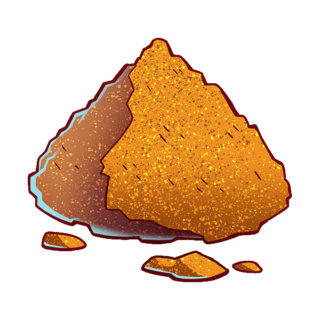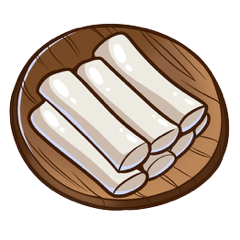Nurungji
You can still make it the old-fashioned way if you have a gamasot to substitute for a rice cooker. Simply fluff and remove all the rice when it’s ready, except for the layer on the pot, which will get crunchy as you leave it to cook for a bit longer. For those without one, however, nurungji is usually made with leftover rice.
In these cases, heat up a stovetop pot or cast iron pan, add a thin layer of sesame oil (some recipes will omit this), and then spread rice thinly. When using a pan, the final nurungji is almost like a savory rice Florentine cookie.
The cooking time and temperature will vary depending on your stove and pot or pan’s heat distribution, but generally, you’ll want to leave it on for around 20 minutes on low to medium heat. When in doubt, lean towards a lower temperature and longer cooking time, to avoid burning.
The scorching gives the rice a satisfyingly crunchy texture and a nutty, “toast”-y flavor. Along with being a snack in its own, nurungji can also be used to make nurungji tea. The nurungji that forms in dolsot bibimbap is also a highly coveted part of the dish.





